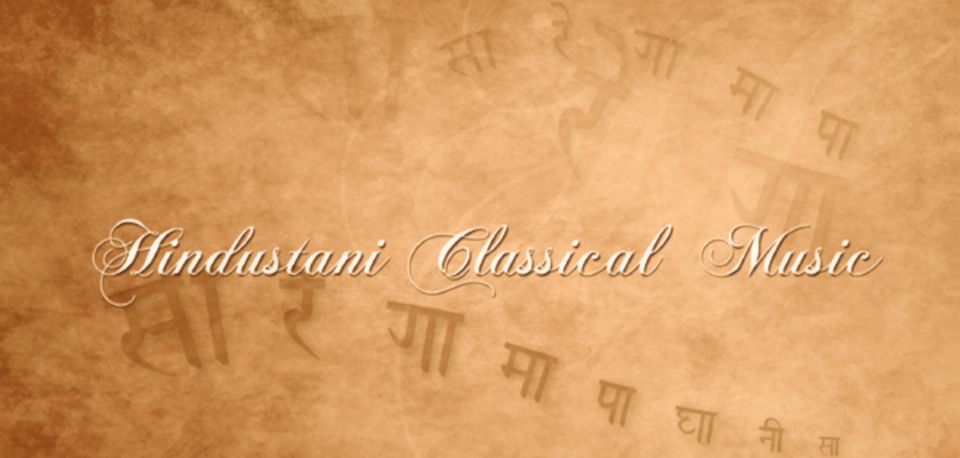Introduction to Indian Classical Music
Many experts have put forward their own interpretation of this fascinating subject and defined it as they understood it, some scientifically, some technically, some emotionally and some literally – all appropriate in their own rights. In layman’s terms, the most concise definition of Music can be summarized as: Aesthetically pleasing Harmonious or Melodious or Rhythmic sounds.
Indian Music (Sangeet)
Indian Music, commonly known as Sangeet comprises three independent yet interrelated art forms namely Gaayan (Vocal), Vaadan (Instrumental) and Nritya (Dance).
The word Sangeet has its origin in two distinct words – Sum (With) + Geet (Vocal). Literally it means – with Song. Traditionally, the vocals were accompanied by instruments and dance, thus the entire performance came to be known as Sangeet or A Vocal Performance With Accompanying Instruments and Dance.
Thus, the Vocal music gets highest priority followed by the Instrumental music and finally by Dance.
An introduction to Indian Music (Sangeet)
Indian Music is based on:
Seven Shuddha Swar (Pure Notes):
| Shadaj | - Sa |
| Rishabh | - Re |
| Gandhar | - Ga |
| Madhyam | - Ma |
| Pancham | - Pa |
| Dhaivat | - Dha |
| Nishad | - Ni |
Indian music has two essential elements, namely Raag (Melody) and Taal (Cyclic Rhythm).
Raag (Melody): Raag is the most important aspect of Indian classical music. The basic purpose of creating the concept of Raag has been entertainment. The word itself has been derived from Sanskrit word “Ranj” which means to entertain. It is claimed that rendition of appropriate Raag can produce any of the Nav-Ras (nine classic moods). It is important to note that rather than being a scale or a specific composition, every Raag is a specific musical protocol that has set rules for allowed and disallowed notes, their order of precedence and the time of rendition. These rules impart a uniquely characteristic feel to each Raag, so that a seasoned ear can readily tell apart the Raag being played, just by listening to a short piece.
Taal (Cyclic Rhythm): Taal can be defined as a cyclic rhythm of beats (Matra), and may vary from 6 beats to 16 beats or more.
The interpretation of these two elements is not homogenous throughout India. However, based on different interpretations, the Indian Music can be classified into two broad categories:
1. North Indian Classical Music (also known as Hindustani Sangeet)
2. South Indian Classical Music (also known as Carnatic Sangeet)
The three basic elements of Indian Music which are common to both Hindustani and Carnatic music, are discussed in
Indian Musical Instruments (Vaadya), and


